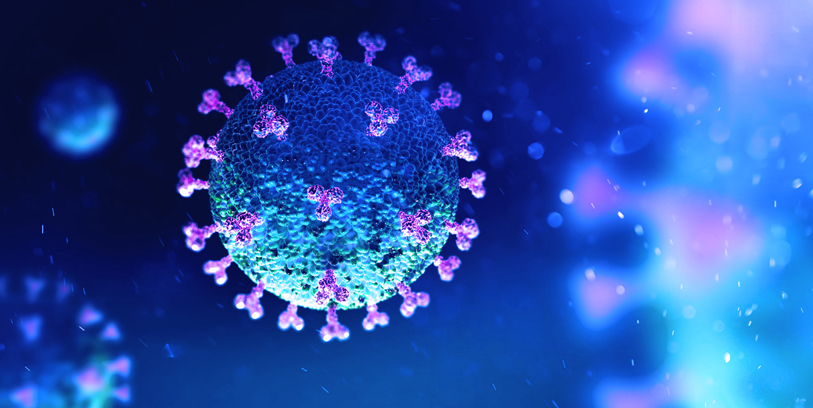
source: Les Echos
Reports of reinfection with the coronavirus evoke a nightmarish future: Repeat bouts of illness, impotent vaccines, unrelenting lockdowns — a pandemic without an end.
Reinfection with the coronavirus is an unusual event
Reinfections can occur for any number of reasons: because the initial infection was too mild to produce an immune response, for example, or because the immune system was compromised by other health conditions. On occasion, a patient may be exposed to a large amount of virus that seeded an infection before the immune response could respond. This variability is entirely expected, experts said, and has been observed in patients with diseases like measles and malaria. “You’ll never have the distribution of anything with millions of people where you don’t have some very severe rare cases happening at the fringe,” said Dr. Michael Mina, a pediatric immunologist at the Harvard T.H. Chan School of Public Health.
A resurgence of symptoms doesn’t prove reinfection
For every confirmed case of reinfection, there are dozens of anecdotal reports of infected people who were sick and seemingly recovered but then became ill again weeks to months later. Usually there are crucial data missing in those cases, like a confirmed lab diagnosis, or a virus sample that can be sequenced.
